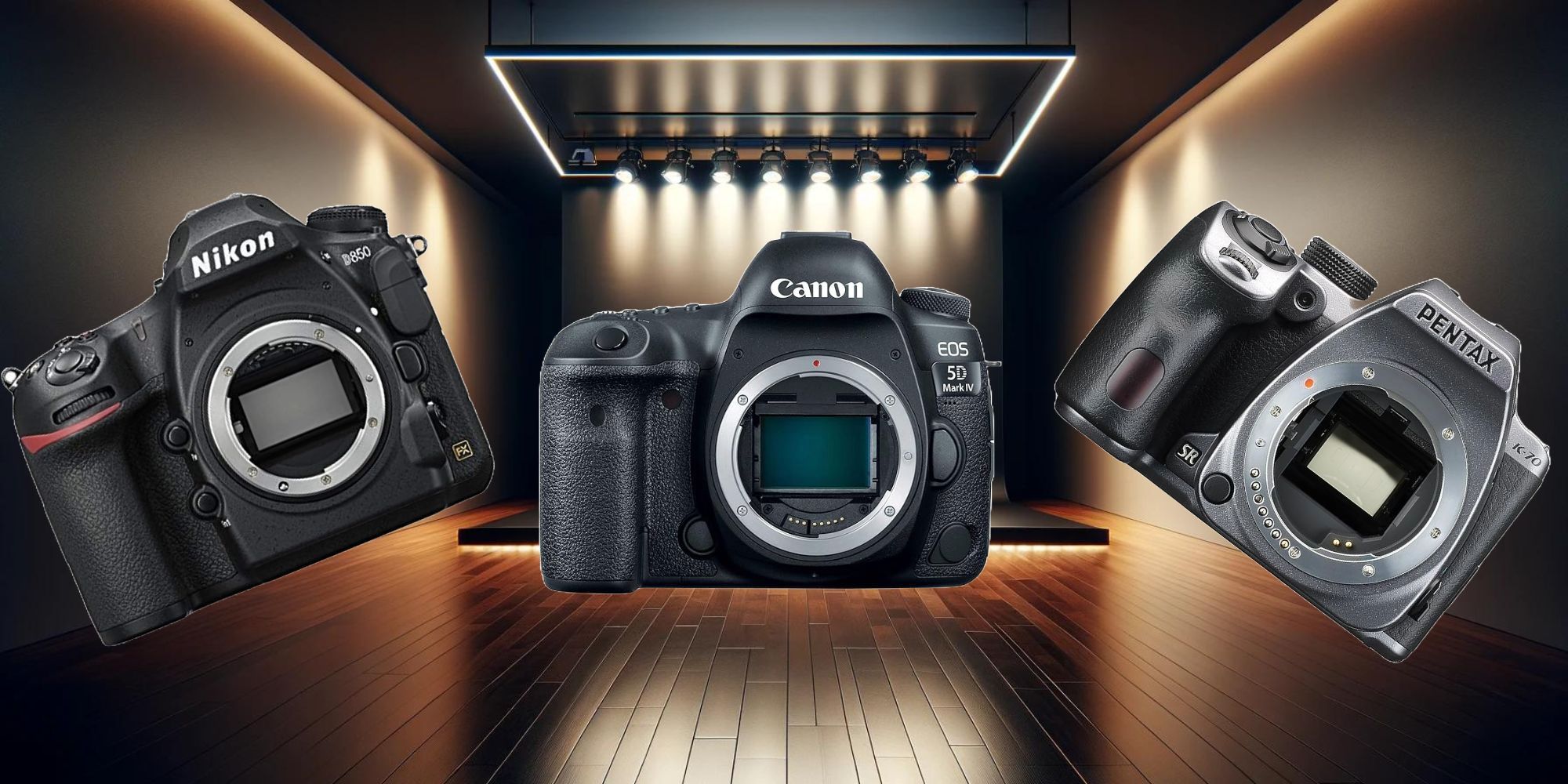Picture this: it’s a beautiful day outside, the birds are singing, the sun is shining, life is blissful, all that mushy stuff. You can feel it in your bones. It’s the perfect opportunity for you to get a DSLR camera and capture the moment … but wait, which camera will it actually be?
Well, whether you’re an aspiring professional looking for top performance or just want a quality entry-level camera for family photography, we’ll help you find the right gear by considering image sensors, ISO performance, autofocus capabilities, etc. Check out our picks below!
The best DSLR cameras
Canon EOS 5D Mark IV
Best overall
It’s a great mix of everything.
The Canon 5D Mark IV defines full-frame DSLR perfection with an incredible 30.4MP CMOS sensor and an advanced 61-point AF system that captures intricate detail even in challenging light.
- The 30.4MP CMOS sensor captures impressive detail with low noise.
- Uncropped 4K video at 30 fps with C-Log gamma profile.
- Dual Pixel CMOS AF enables fast and accurate live view focusing.
- The 1/200 x-sync speed limits flash usage compared to other cameras.
Canon’s 5D series has been a favorite among professionals and advanced videographers for over a decade. And with the latest iteration of the Mark IV, they clearly want to keep that momentum going. With an impressive 30.4 megapixels packed into a full-frame sensor, it delivers the resolving power needed for large prints and serious cropping.
More importantly, the images are clean – they managed to add all those megapixels without any noticeable increase in noise. Dual pixel AF also keeps up well, with smooth and fast focusing when shooting photos or videos in Live View.
Canon has also upped its video game dramatically on this model, allowing you to capture rich 4K footage internally at up to 30 frames per second. Video looks smooth thanks to the 5D Mark IV’s digital stabilization. And when you throw in the microphone and headphone jacks plus the HDMI output? This camera can also serve as professional video equipment.
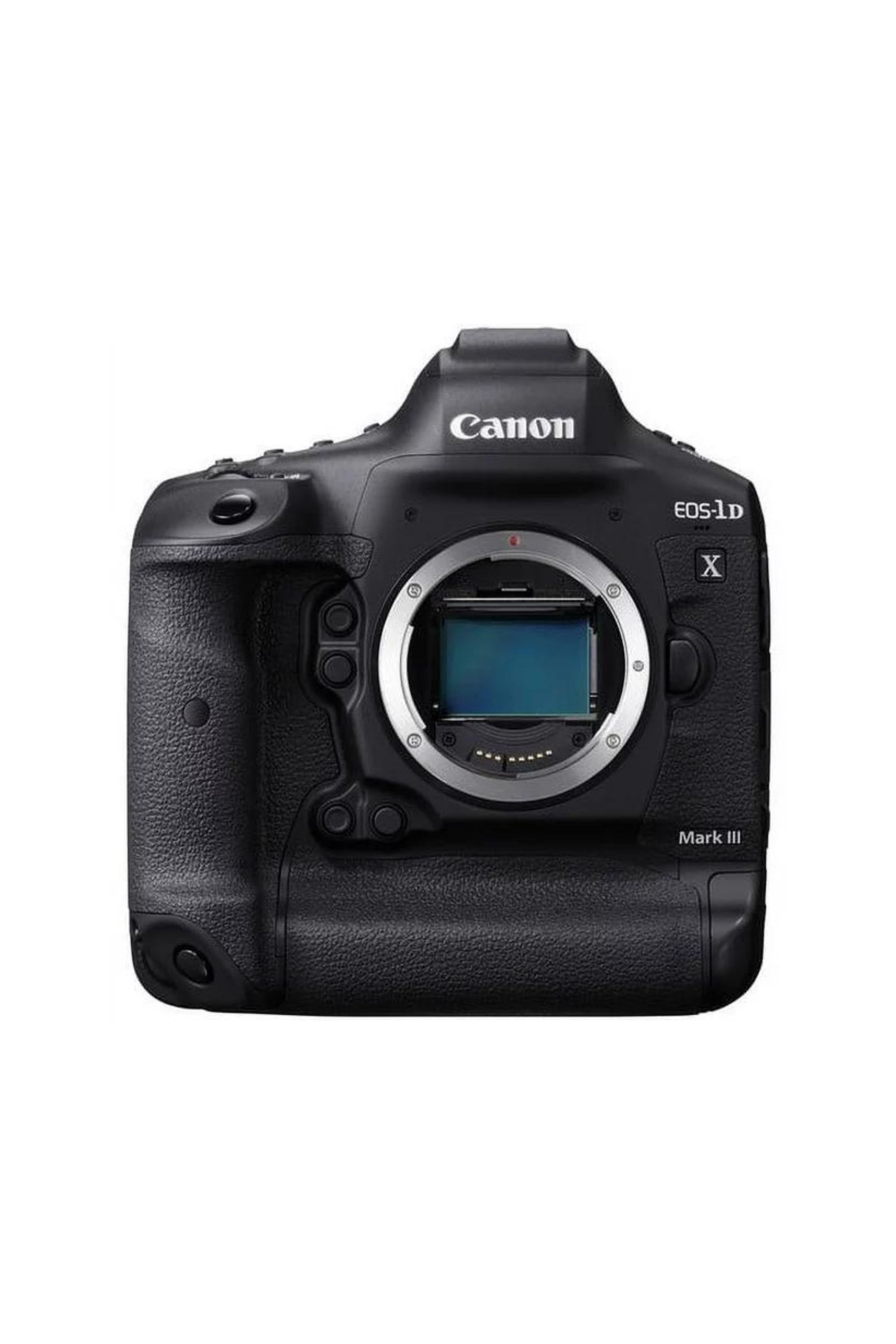
Canon EOS-1D X Mark III
The best of the best
For the elite.
The pinnacle of Canon’s professional DSLR line, the EOS-1D X Mark III delivers unmatched speed, superb image quality and legendary durability to satisfy the most demanding photographers.
- Excellent high ISO noise performance with a sensitivity range of up to 102,400 (expandable to 819,200).
- Sophisticated Dual Pixel CMOS AF offers lightning-fast autofocus.
- Rugged, weatherproof magnesium alloy housing built to withstand heavy professional use.
- The extravagant price makes it out of reach for most non-professional photographers
Canon’s new flagship DSLR, the 1D X Mark III, is a complete powerhouse that delivers exactly what professional photographers demand: lightning-fast shooting and superb image quality in almost any shooting situation.
If you need to capture flawless action shots in a fraction of a second, this camera has your back with a lightning-fast burst mode of 20 frames per second. The upgraded 20.1MP sensor also excels in any lighting, delivering admirable dynamic range and a high ISO of up to 102,400 to make the Mark III an excellent low-light shooter.
Additionally, Dual Pixel CMOS AF offers smooth autofocus with face tracking through the viewfinder, plus silky-smooth performance for live action. You also get upgraded video power like 5.5K RAW and 4K at 60fps. In case you were wondering about the build quality, there’s actually a magnesium alloy body that’s also well protected from dust and moisture, making it easy to use outdoors.
Worried that your cameras are taking up too much storage space? Check out some of our top external SSD picks of the year!
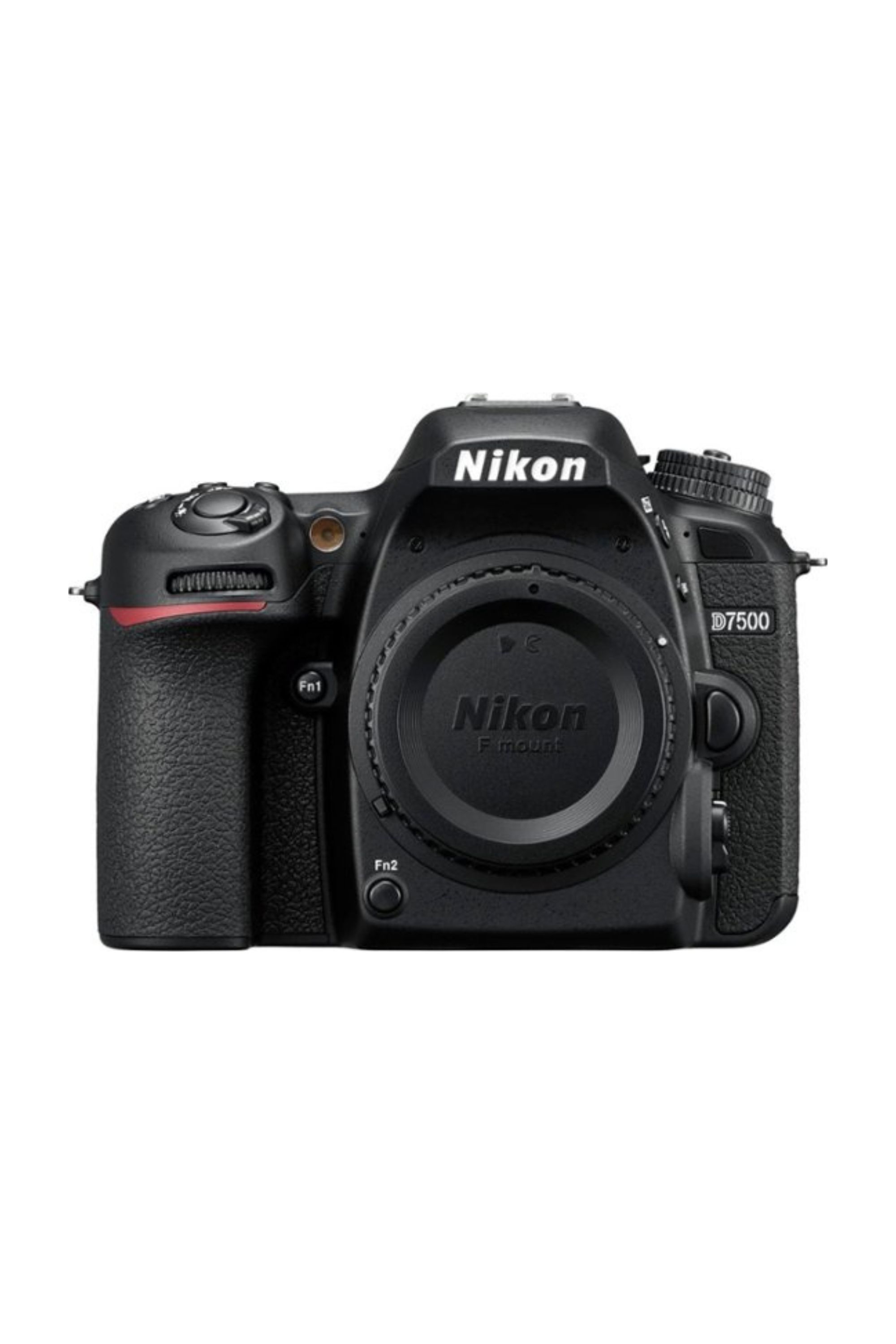
Nikon D7500
The best middle class
Hey, budgets can be reasonable.
Capture stunning images and 4K UHD video with the Nikon D7500 DSLR camera and its fast 20.9-megapixel DX sensor, versatile tilting LCD touchscreen and EXPEED 5 image processor for fast 8fps shooting.
- Sophisticated autofocus system with 51 cross points.
- High continuous shooting speed of 8 frames per second.
- 4K UHD video recording and microphone input.
- No support for vertical battery holders.
The D7500 is definitely an attractive upgrade over the previous DX-format cameras in Nikon’s D7000 series. This mid-range DSLR takes many of the powerful features of the D500 and packs them into a lighter, more compact body at a lower price.
The 20.9MP image sensor really seals the deal by delivering fantastic image quality even when the ISO sensitivity is increased. So if you often shoot indoors for sports or document school plays under bright stage lights, this little dog will make you quite happy with cool, noise-free results. There’s also a super-smart 51-point autofocus system that covers a wide area and makes tracking fickle subjects (like a hyperactive toddler) seem like… child’s play.
However, the D7500 does not have a built-in flash and comes with a single SD card slot. Also, battery life could be a little better, so keep that in mind. Overall, they get a lot of things right by combining good sensors and a great interface, under $1,250. Not bad, Nikon, not bad at all!

Canon EOS Rebel T7
The best low-end
Smart budget.
The Canon EOS Rebel T7 DSLR camera features a 24.1MP APS-C CMOS sensor and DIGIC 4+ image processor for sharp, detailed photos and Full HD 1080p video. With a native ISO range of 100-6400, a 9-point AF system and more, this lightweight and compact DSLR combines imaging excellence with versatile handling and connectivity.
- DIGIC 4+ provides good image processing.
- You have a wide variety of creative filters to experiment with.
- Built-in Wi-Fi and NFC for wireless transmission.
- Maximum ISO 12800 can be quite low for low light conditions.
The Canon EOS Rebel T7 is an excellent entry-level DSLR if you’re just getting into more serious photography. It provides really nice image quality and easy handling without much cost. You get a powerful 24.1MP APS-C sensor that lets you capture highly detailed photos and sharp Full HD videos.
The DIGIC 4+ image processor keeps noise to a minimum, so your photos look clean even up to ISO 6400, expandable to 12800, which is great for shooting in low light. One of the best things about the T7 is that it’s intuitive and easy to use, even if you’ve never picked up a DSLR before.
The controls and menus are also simple. Now for focus, it only has a basic 9 point AF system with 1 cross AF point. This handles most everyday actions decently, but it’s not the most advanced. Burst shooting is equally average at 3 fps. But for the price, we’d say it’s still very solid.
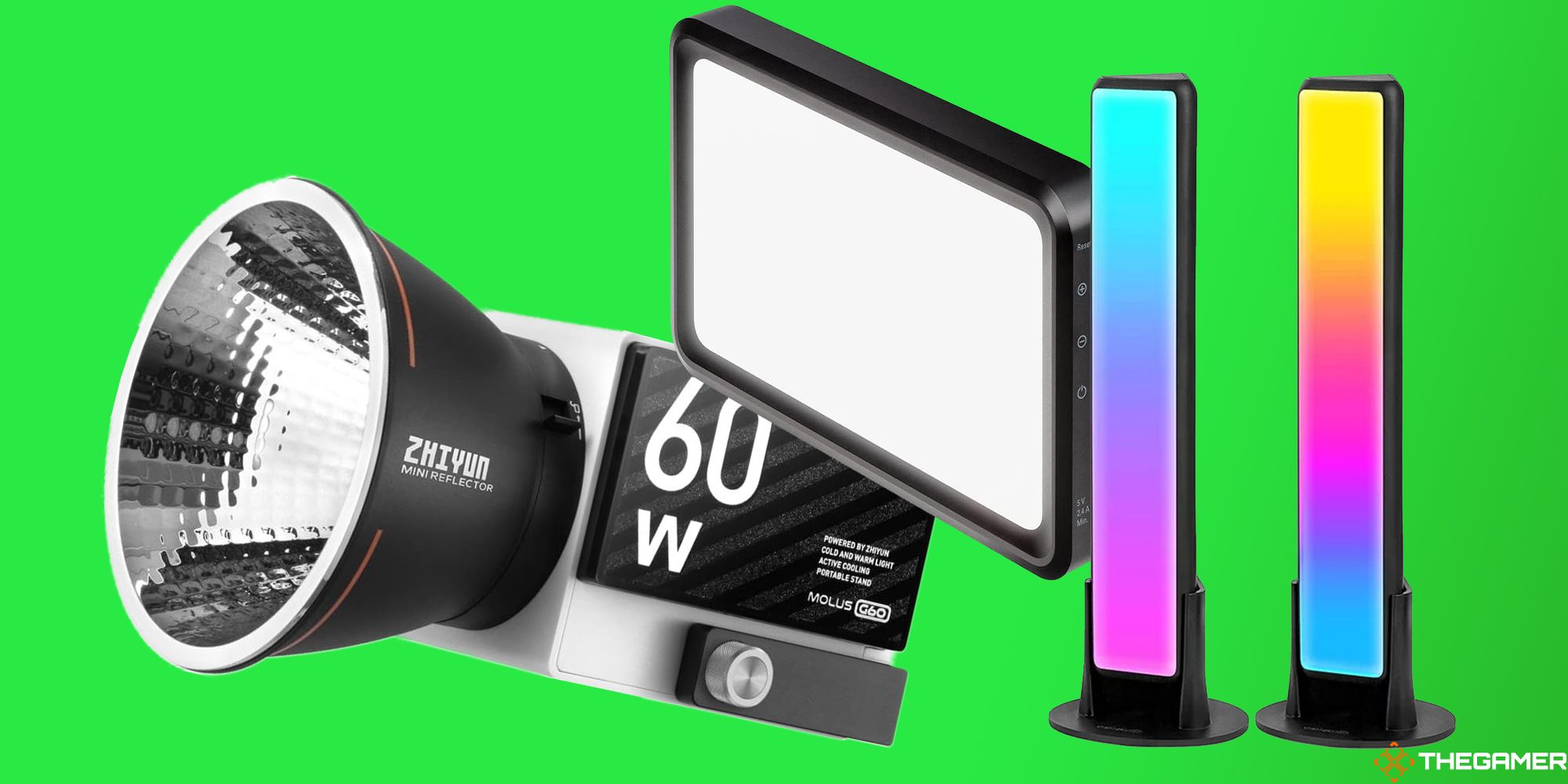
The best lights for streaming in 2024
Beautify your streams with the best lights on offer.
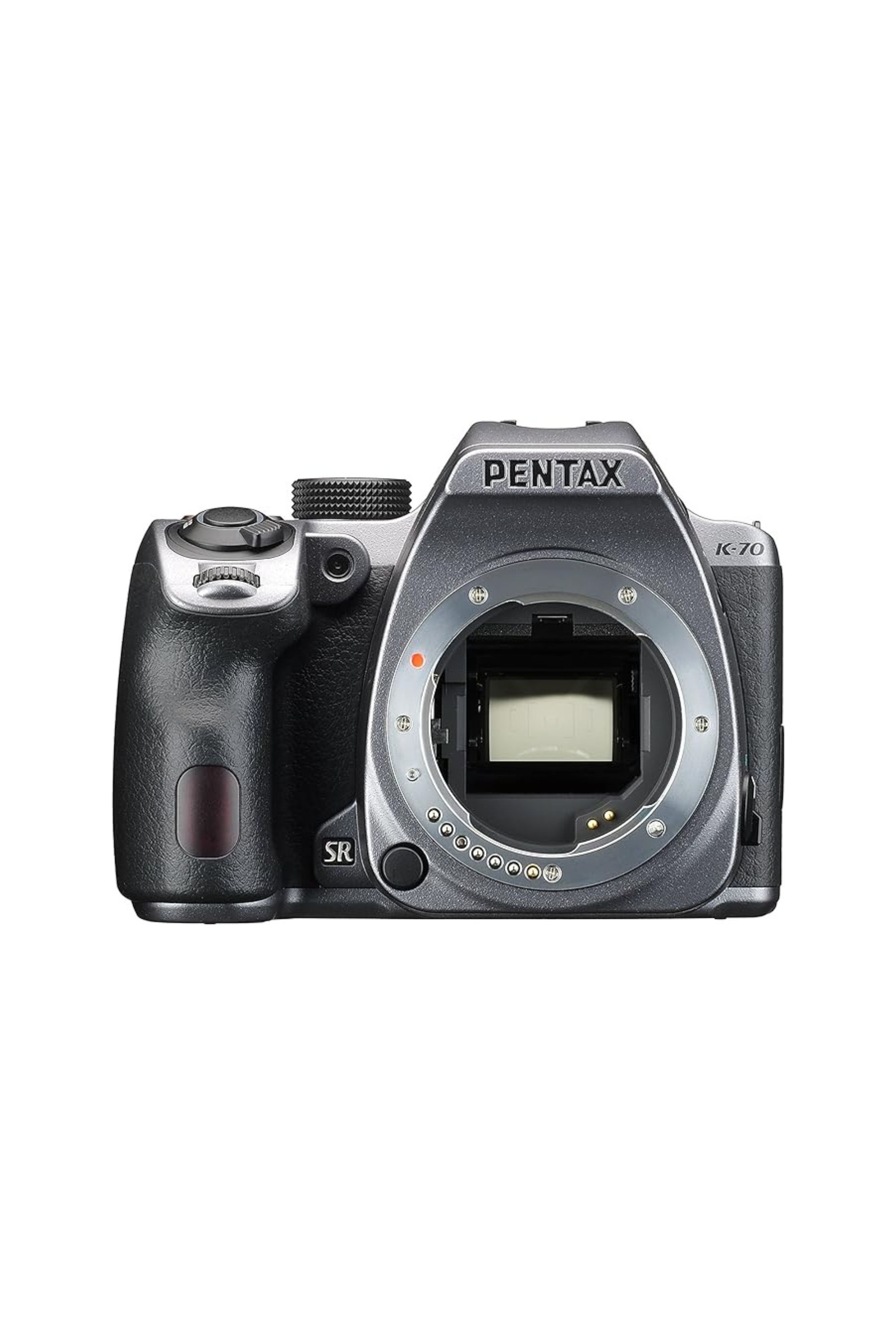
Pentax K-70
The best DSLR for travel
If you like to move.
The Pentax K-70 DSLR delivers brilliant image quality and extensive weather resistance to capture stunning photos in any environment. Its high-resolution 24 MP sensor, advanced shake reduction system and fast 6 fps continuous shooting allow you to capture perfect moments, from crystal clear landscapes to fast action shots.
- APS-C high-resolution 24-megapixel sensor.
- Extensive sealing for all weather conditions.
- Fast continuous shooting speed of 6 fps.
- Full HD 1080p video may seem somewhat limited.
The Pentax K-70 is a really compelling option if you’re looking for a rugged, high-resolution DSLR but don’t want to spend a fortune. With a 24-megapixel APS-C CMOS sensor without an optical low-pass filter for optimized sharpness and detail, the K-70 delivers sharp, vivid photos and has enough resolution for large-scale printing.
This mid-sized (and mid-range) DSLR also brings some advanced features like sensor shake reduction with up to 4.5 stops of compensation with any lens attached. Now let’s talk ruggedness – with over 100 weather protections, you can feel confident using this camera in some nasty conditions.
Whether you’re caught in a downpour while shooting landscapes or photographing icy mountain vistas, you can feel a little at ease knowing the K-70 can handle it. The LCD is also specially designed to be visible in bright sunlight. Ah, let’s see, what else? Autofocus is quite fast at 11 points, although it is not as advanced as in more expensive models. Just know that your lens options won’t be as wide as Canon or Nikon.
Speaking of travel DSLRs, want to check out a few more of our top travel camera picks?

Nikon D850
Best for wildlife/landscape
It’s a pixel party, everyone.
The Nikon D850 sets a new standard for high-resolution full-frame DSLRs, with a powerful 45.7 MP sensor. From stunning landscapes to fast action shots, its sophisticated autofocus reliably tracks subjects even in low light.
- The extremely high resolution of 45.7 MP allows considerable cropping flexibility.
- An impressive dynamic range provides the flexibility to restore highlights and shadows.
- The sophisticated AF system with 153 points provides fast and precise tracking of the object.
- A relatively slow burst rate of 7 frames per second for such a high-resolution sensor.
For photographers who enjoy hunting epic landscapes or stalking wild beasts, the Nikon D850 packs some serious firepower. With a stunning 45.7MP full-frame sensor, this camera delivers images with an incredible level of detail perfect for capturing the intricacies of… Mother Nature (did that sound weird?)
Don’t think it’s just for static subjects. Nikon has packed some incredible firepower under the hood – 153 focus points team up with a sophisticated tracking system to create an AF setup that’s deadly enough for wildlife and action scenarios.
However, the problem with these “big megapixel” cameras comes in the form of larger file sizes and heavy processing/storage requirements. Yes, you’ll need to invest in some serious storage options. But hey, with great power comes… the need to invest in external storage, right?
Frequently asked questions
How to choose the best DSLR camera for your needs?
The right DSLR really depends on your specific needs and budget. If your photography is mostly a hobby, an entry-level DSLR with features like full HD video and wireless connectivity will probably suffice. For professional use or if you plan to print very large images, you’ll need a higher-end camera with more megapixels and better low-light performance. Think about the types of photos you want to take, the features you want, and how much you can spend.
How does resolution and sensor size affect DSLR camera performance?
In simple terms, higher resolution DSLRs with larger image sensors can capture more detail and perform better in low light. But resolution is not everything. You also need good autofocus, image processing, lenses, etc. Ultimately, there are always trade-offs – a lower megapixel professional DSLR can beat a high megapixel consumer model in image quality.
Can I use lenses from other brands on my DSLR camera?
Absolutely! You can use lenses from other brands on your DSLR camera, as long as you have the appropriate lens mount adapter. For example, if you have a Canon DSLR, you can use Nikon lenses with a Nikon lens to Canon body adapter. Just be aware that using third-party lenses can sometimes cause issues with autofocus speeds or accuracy.

The best streaming cameras in 2024
These cameras will serve you well during your streams.
